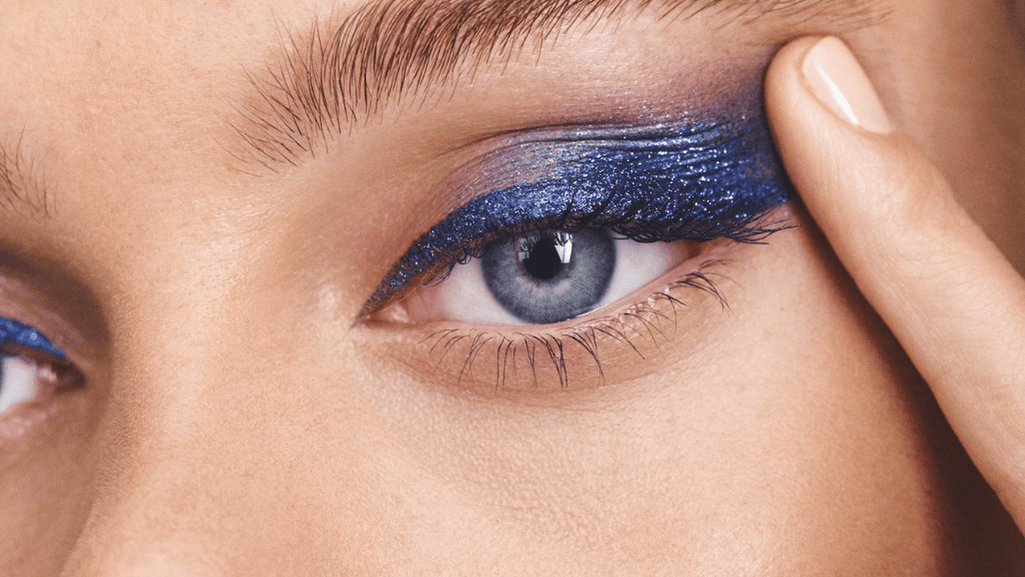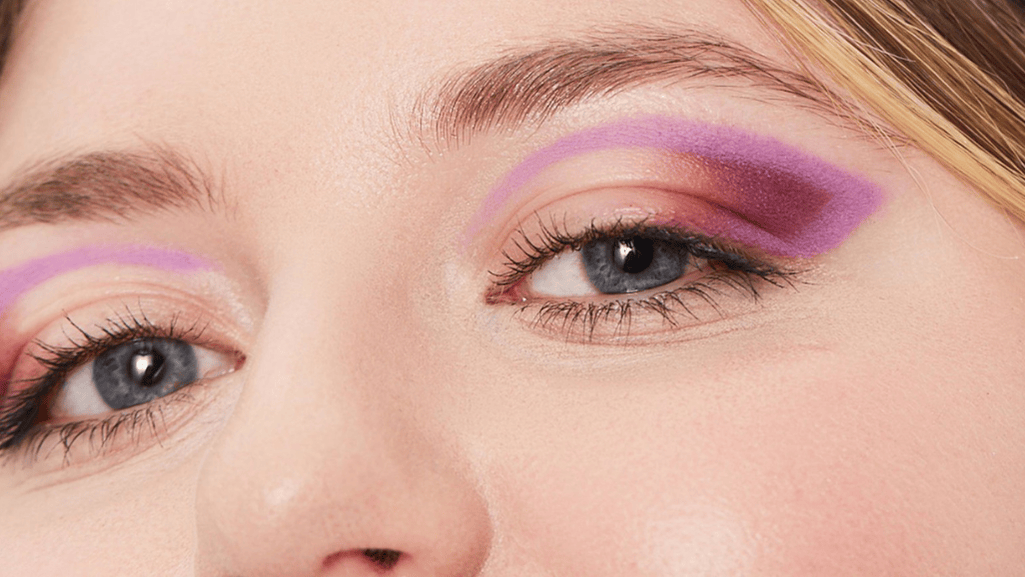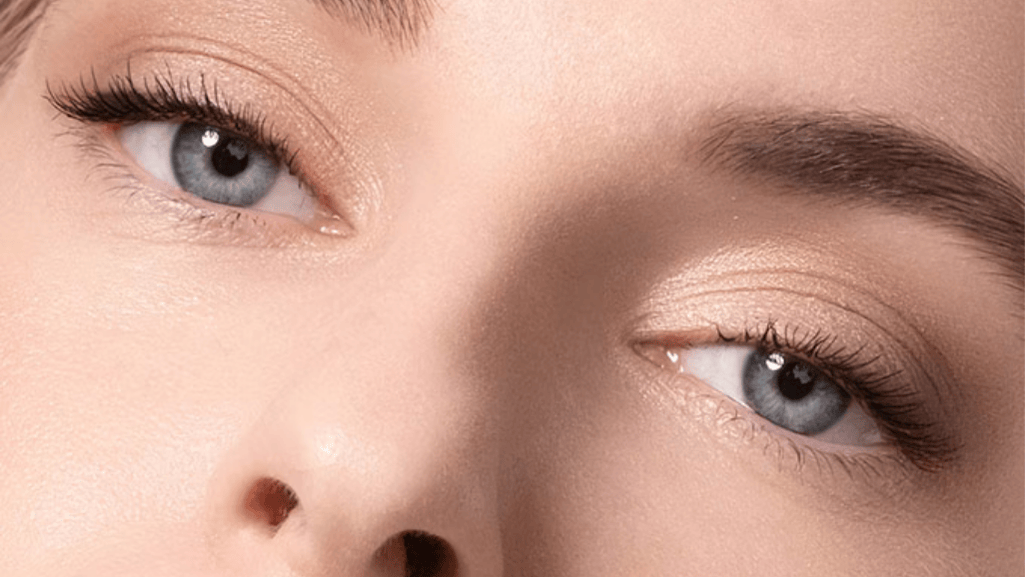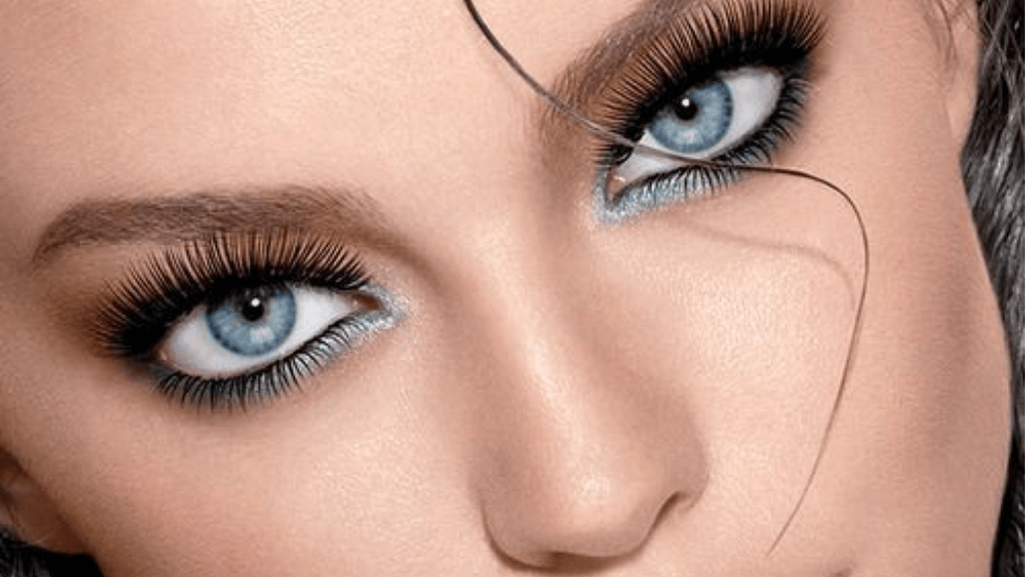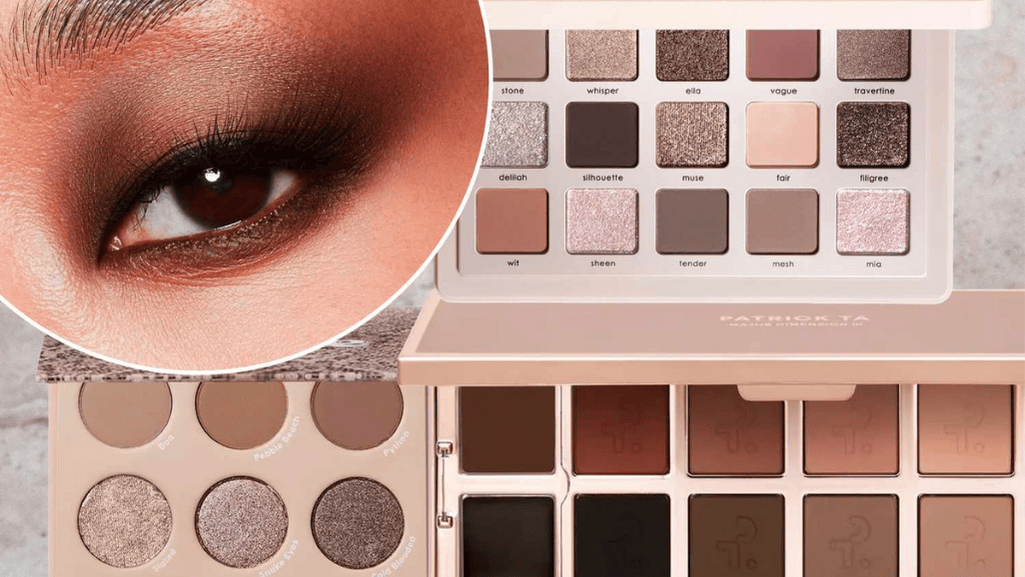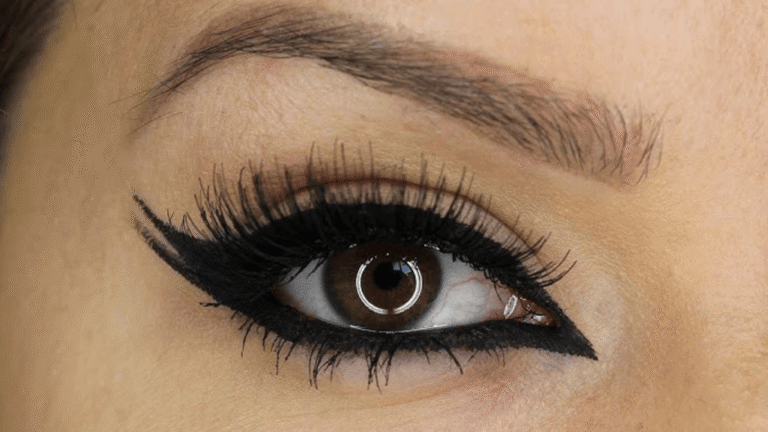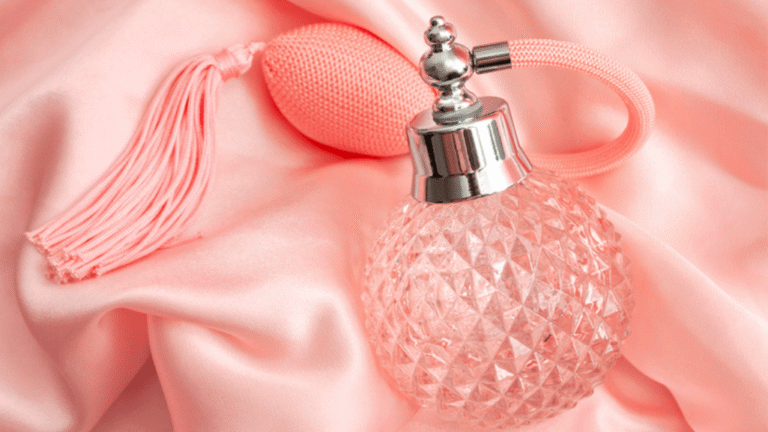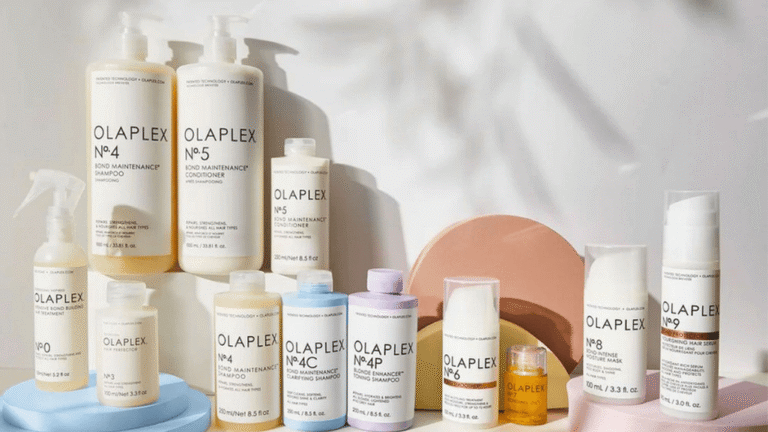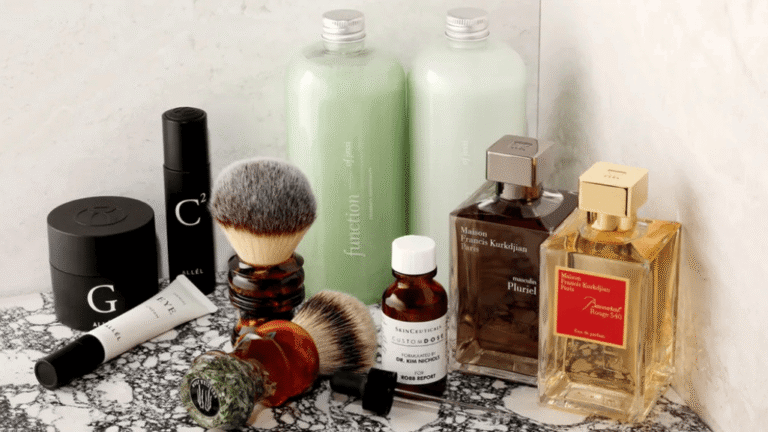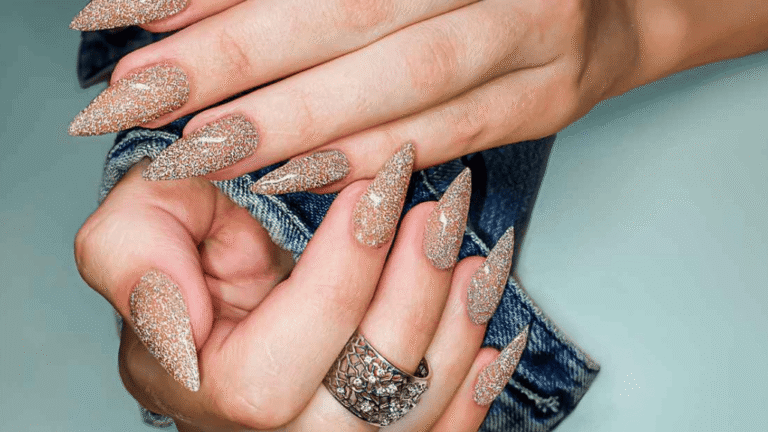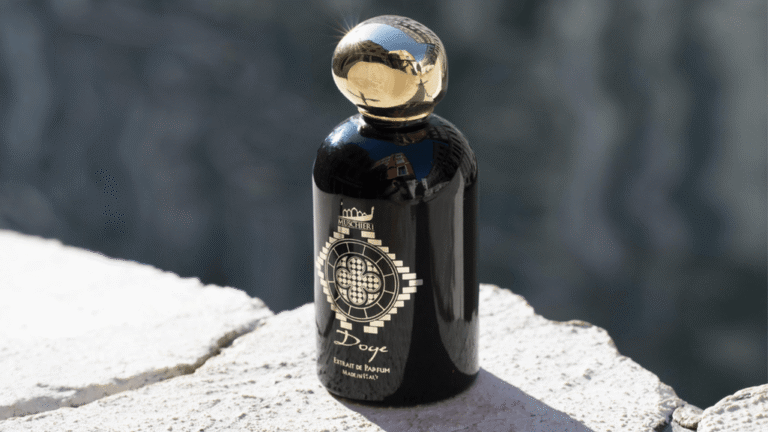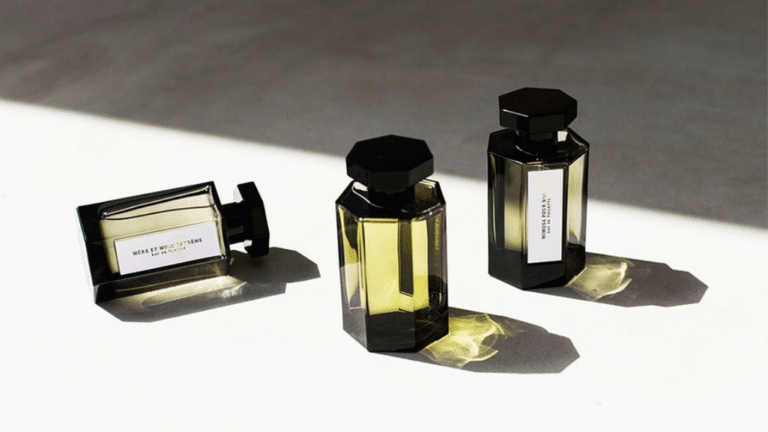This guide helps you pick the best Top Eye Shadow Colors for Blue Eyes eyeshadow and techniques to make blue eyes stand out in a polished, professional way.
We explain how eye color interacts with different shades and finishes. You’ll learn why targeted choices elevate your overall beauty look and how contrast shapes perception.
The guide is organized into clear steps: theory of contrast, top color families, step-by-step application, day-to-night shifts, and liner and lash strategy. Advice applies across skin tones and eye shapes, while focusing on blue eyes first.
Expect practical tips on textures, finishes, and product picks. Each section gives actionable direction to build a flattering eye look without overpowering the natural color.
By the end, you’ll quickly identify the best eyeshadow choices and reliable application approaches to achieve consistent, flattering results.
Key Takeaways
- Understand contrast and how it enhances blue eyes.
- Choose shades and finishes that complement natural eye color.
- Follow step-by-step application for polished results.
- Adapt looks from daytime to evening with simple swaps.
- Use liner, lash, and texture tips to define shape without heavy makeup.
- Find product suggestions that work across diverse skin tones.
Why Contrast Makes Blue Eyes Pop
The color wheel explains why certain hues intensify a cool iris more than others. Using opposites on the wheel creates contrast that amplifies natural eye color without heavy makeup.
How the wheel works: complementary hues sit across from one another, so warm tones like caramel, copper, gold, peach, and brown naturally enhance blue by raising contrast.
https://www.youtube.com/watch?v=–eS57iBTL8
Warm vs. cool tones
Warm shades—bronze and copper especially—add depth and make the blue look richer. They are the fast route to intensity.
Cool tones such as taupe, silver, and icy gray refine and polish. Use them when you want a sleek, subtle effect that lets the eye itself do the work.
Choosing and balancing hues
Think in terms of tones and hues: tones refer to lightness and warmth, while hues are the basic color families. Small shifts in shade change the overall effect on the iris.
- Neutrals that clarify: champagne, taupe.
- Bolder contrast: bronze, copper, brown.
- Mix warm and cool in one palette to avoid looks that read too orange or too frosty.
Quick tip: test shades across the lid and lower lash line to see which hues create the clearest contrast with your unique iris rim and center.
Top Eye Shadow Colors for Blue Eyes
A thoughtful mix of warm metals and soft neutrals gives the clearest boost to a cool iris. Start with one standout metallic and support it with two neutral transitions for balance.
Copper, bronze, and caramel for instant contrast
Copper and bronze deliver bold contrast that makes blue eyes more vivid. Use their warmth on the mobile lid where light hits first.
Golds and champagne for luminous dimension
Press gold or champagne into the inner corner and center lid to add lift and polished shimmer. These tones catch light without overpowering the iris.
Peach and taupe transitions to soften the crease
Blend peach or taupe in the crease to create a smooth gradient. These mid-tones temper stronger metals and help the crease blend naturally.
When to use silvers and cool tones for a sleek effect
Use silver or cool taupe when you want a modern, editorial effect that keeps the iris bright. Try the Morphe Going Platinum approach: press a shimmer on the lid, blend taupe in the crease, deepen the outer edge, and foil the cool shimmer for a finished look.
- Placement map: copper/bronze on lid, taupe in crease, champagne inner corner, soft brown along the lash line.
- Add a slim upper line for definition without closing the eye.
- Balance one standout shade with two supporting neutrals for wearable looks day or night.
How to Build a Blue-Eye-Enhancing Look Step by Step
Start by creating a smooth, neutral canvas that evens texture and helps every shade blend cleanly. Prime the lid, then apply a light matte from the lash line to the brow bone. This evens skin and prevents shimmer from settling into fine lines.
Base to brow bone: setting a neutral canvas
Use the palest matte to lock tone and create a clean surface. A thin layer is enough; heavy product hides lid movement and makes blending harder.
Defining the crease with warm mid-tone shades
Sweep a warm mid-tone into the crease to build soft structure. Keep strokes light and windshield-wiper the color until edges look seamless. This step gives the eye a lifted, natural depth.
Lid and lower lash line shimmer placement for dimension
Press a luminous gold or copper on the lid center and trace a whisper of shimmer along the lower lash line. For stronger payoff, spritz your brush with setting mist and tap the pigment on for a foil effect without fallout.
Outer corners and upper lash line depth without closing the eye
Apply the darkest shade only to the outer corners and softly into the outer crease. Then add a thin, warm line at the upper lash line to define lashes without shrinking the eye.
Inner corners and brow bone highlights that brighten
Finish with a warm champagne on the inner corners and a satin highlight under the brow. These touches lift, clarify, and instantly make blue eyes pop.
- Connect the outer lower lash with the crease shade using a detail brush for an elongated silhouette.
- Soften any harsh line with a clean blender for a smooth gradient.
- Learn more on how to emphasize blue eyes with stepwise tips at emphasize blue eyes.
Day to Night Eye Makeup for Blue Eyes
Move from fresh daytime shimmer to a high-impact evening finish without rebuilding the whole look. Start with a cool-toned wash: sweep taupe through the crease and press champagne on the lid for a clean, office-friendly effect.
Keep daytime definition soft. Smudge a neutral brown along the lash line to maintain width and a bright, natural finish. Add a tiny inner corner highlight to catch light and lift the eye.
Soft daytime wash with champagne and taupe
The routine is quick: taupe in the crease, champagne on the lid, and a faint smudge under the lower lash to tie the look together. This combination uses the best eyeshadow placements to keep the iris clear and readable.
Elevating to evening with copper foil and bronze liner
To shift to night, press a copper metallic over the center of the lid for instant pop. Dampening your brush with setting mist makes the gold and copper read more dimensional under lights.
- Layer a deeper shade at the outer V from your palette to restore crease shape.
- Run bronze along the outer third of the upper line to deepen without shrinking the eye.
- Keep the lower lash soft with taupe or a whisper of bronze for a smoky, refined effect.
Tip: You don’t need to redo everything—maintain inner highlights and refresh crease blending for a seamless day-to-night transition that flatters blue eyes.
Liner, Lash Line, and Mascara Tips That Make Blue Eyes Pop
Small shifts along the lash line deliver big impact without heavy makeup. Use warm, close-to-the-lash techniques to define the eye while keeping the iris clear and bright.
Upper and lower lash line strategies with warm brown and gold
Warm brown is the go-to for the upper lash line. Draw a thin, soft line at the roots to create definition without harsh contrast. Add a whisper of gold shimmer just above the line to catch light and make blue eyes pop.
Keep the lower lash line lighter and smokier. Smudge a soft brown from the outer third inward. This balances depth while keeping the eye open and readable.
Tightlining and waterline choices for brightness vs. drama
Tightline with a deep brown pencil to boost lash fullness. Use a nude or flesh-toned pencil on the waterline when you want maximum openness. For drama, place a micro-tip liquid line at the root only and build a soft wing at the outer corners with brown instead of black.
- Layer mascara: lengthening coat first, volumizing second — focus at the center to lift.
- Apply shimmer along the upper lash base and lower lash line for dimension.
- Avoid heavy pigment across the full lower rim; keep color at the outer third for a clean finish.
“Tightlining keeps lashes dense without losing brightness.”
Result: small, precise moves that make the lashes and the iris pop while keeping the overall look polished.
Palettes, Shades, and Finishes to Keep in Your Kit
A practical kit centers on a palette that mixes warm metallics with reliable matte transitions. Choose a compact that offers creamy mattes for structure and one bright metallic to act as the focal shade on the lid. This approach saves time and covers a range of eyes and occasions.
Choosing palettes with warm metallics and matte transitions
Prioritize a palette that pairs gold and bronze metallics with a versatile taupe and soft mattes. Look for sets that include peach, caramel, and taupe mattes alongside one molten metallic. Retail notes like NEW & LIMITED-EDITION, AWARD-WINNING, and LIMITED STOCK help time purchases.
Matte, shimmer, and metallic finishes for balanced looks
Use textures that blend: creamy mattes for structure, fine shimmers for wash, and true metallics for a statement accent. Keep one deep neutral to define the lash and a satin highlight at the brow and inner corner to finish without frostiness.
- Include a cool-leaning option (silvers/taupes) and a warm set (coppers/golds).
- Use a setting mist to press shimmer into a foil at the lid center and inner corner.
- Consider value and availability signals and favor palettes that work across green and hazel in your circle.
For product ideas and a retail roundup, see best picks and a retail roundup to compare palettes and prices.
Common Mistakes That Dull Blue Eyes
A few routine missteps in shade choice and lining can unintentionally shrink the eye. These habits mute contrast and reduce the pop that makes blue eyes stand out.
Avoid heavy, full-coverage darkness. Packing the deepest shade across the entire lid or dragging it deep into the crease flattens dimension and hides iris detail.
Skip black along the full lower line. A thick black line closes the eye and lowers clarity. Instead, keep depth near the lash roots and outer corners in measured amounts.
Don’t skip inner highlights. Omitting a bright point at the inner corner and a soft brow highlight reduces lift. Those small lights help the eyes pop and read brighter from a distance.
- Be cautious with chalky cool grays; balance them with warm tones to avoid a dulling effect on the iris.
- Blend transitions thoroughly to remove harsh edges that shorten perceived eye width.
- When a look feels off, check the color wheel and add a warm counter-tone to restore contrast and harmony.
“Small placement and texture choices make the biggest difference in preserving clarity and brightness.”
Adaptations for Green and Hazel Eyes Without Losing the Blue-Eye Focus
A few targeted swaps let green and hazel irises read vivid without changing your overall routine. Keep the same placement rules and adjust tones and intensity to suit each unique eye.
For green eyes: lean into red-adjacent tones—pinks, terracotta, plum, and burgundy. Press a bronzed shimmer at the center lid and add a mahogany accent at the outer corners to create depth and contrast.
For hazel eyes: choose eggplant, mahogany, plums, and rose gold to lift green flecks. Use gold on the lid and inner corners and a bronze or brown waterline to warm the brown ring and make the iris pop.
For brown eyes: stick with caramels and golden hues for daytime glow. Add deep greens or plums at night to echo tones that work in a blue-focused kit without clashing.
- Softly define the lash line and connect the lower lash line at the outer third.
- Brighten the inner corners to lift each look and keep eyes readable.
- Choose a pivotable palette: a warm quad with a plum or burgundy, a gold, and a neutral taupe unifies eyeshadow looks across colors.
Pro tip: adjust intensity, not placement. Increase depth on more saturated irises and keep edges soft so every unique eye benefits from the same reliable approach.
Conclusion
Conclude by focusing on a compact set of steps that deliver consistent, polished results. Use a matte base, a warm crease, a luminous lid accent, careful outer depth, and bright inner highlights as your blueprint.
Contrast matters: warm metallics like gold and copper lift the iris and help make blue eyes pop. Pair those with champagne or taupe transitions to keep clarity.
Build a balanced palette that mixes mattes and a true metallic. The same placement works to flatter green eyes, hazel eyes, and brown eyes—just refine tones to suit each unique eye.
Action plan: pick one versatile palette (Glo or Morphe options fit well), practice the step sequence, and adjust intensity to achieve a polished eye look every time.

